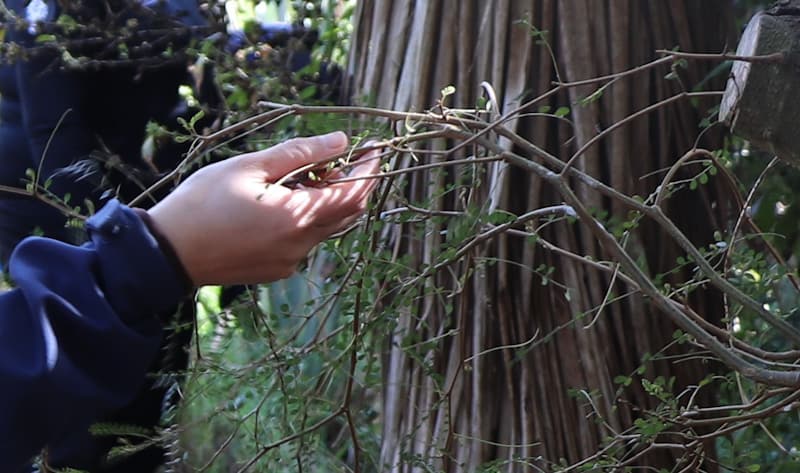We need to empower communities to map and monitor these foreign pathogens and their impacts, using an overarching surveillance framework.
New Zealand already has one of the best surveillance frameworks used to manage a disease of national importance: the ‘proof of freedom’ framework for bovine tuberculosis (Tb).
This framework is regarded as one of the best biosecurity frameworks, designed to mitigate the economic impacts of a disease globally. It is on track to declare biological eradication of Tb from NZ by 2055.
We don’t currently have a similar framework for plant pathogens, but ‘surveillance’ has repeatedly emerged as a critical research priority for myrtle rust and kauri dieback.
Community members regularly monitor the health of their local trees and bush and their knowledge could contribute a significant amount of information in the battle to protect our rākau, and guide management of the pathogens at local and national scales.
Members of the NRT scoping group are currently reaching out to communities and researchers who may already be doing work of relevance to this investment.
If you are interested in knowing more or getting involved, email the NRT co-leaders (; ) or get in touch with the Challenge Support Team ().
